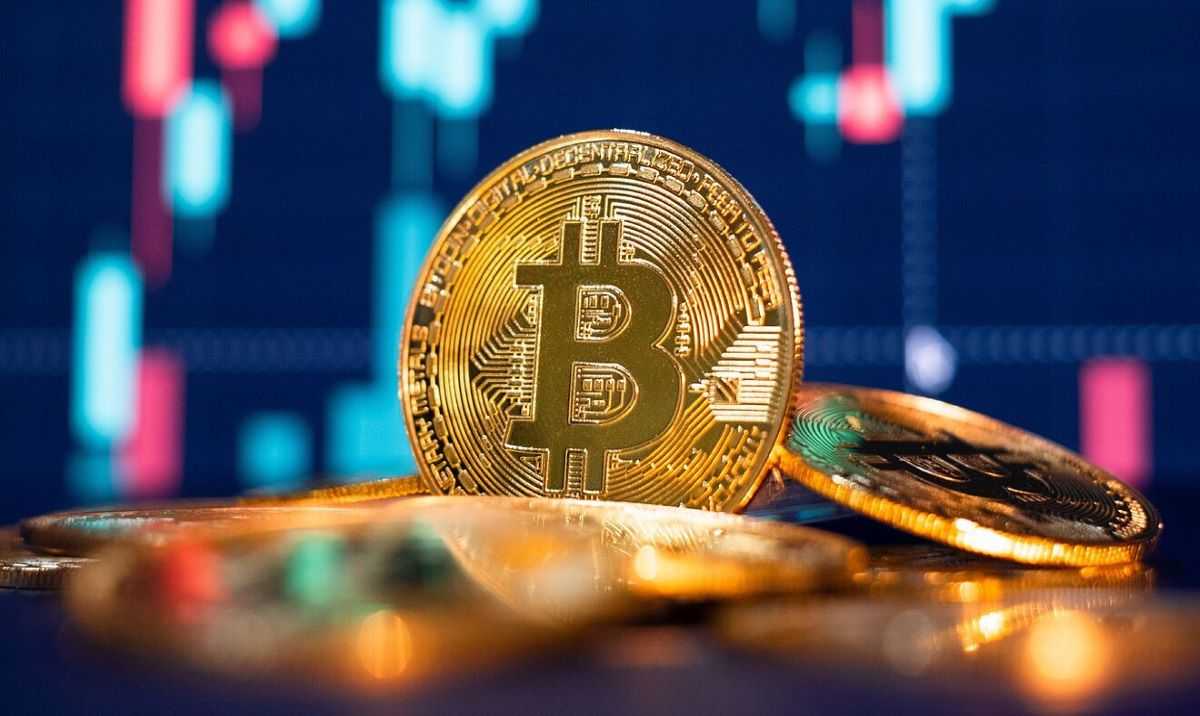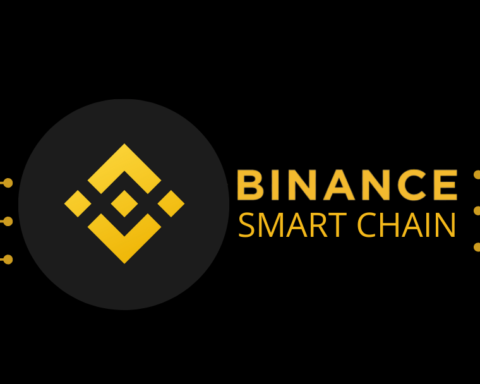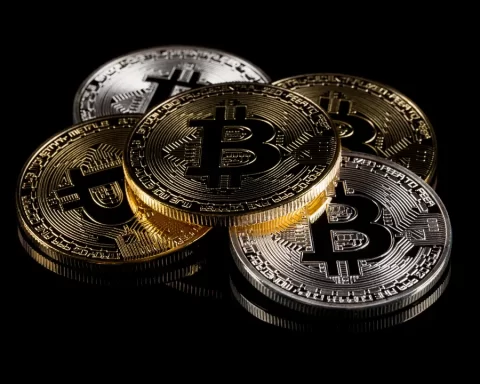The Bitcoin market may face a downturn following the anticipated halving event, fueled by a decrease in inflows to spot Bitcoin exchange-traded funds (ETFs) and a high volume of unrealized gains among traders, which could heighten bearish tendencies on Bitcoin’s value.
Julio Moreno, CryptoQuant’s head of research, highlighted that the selling pressure on Bitcoin is intensifying due to the profits not yet realized from its recent upsurge.
He warned that a forthcoming decline in spot Bitcoin ETF contributions could exacerbate this situation, adversely affecting Bitcoin prices.
Supporting Moreno’s viewpoint is the CryptoQuant’s net unrealized profit and loss (NUPL) indicator. A NUPL value of 0.7 is seen as a red flag, suggesting investors might be poised to cash in, potentially driving prices lower and amplifying sell-off activities.
On March 17, the NUPL indicator stood at 0.606, a slight increase despite recent price adjustments in the market.
Moreno elaborates on potential factors depressing prices, notably the deceleration in Bitcoin ETF acquisitions and entering the halving phase amid substantial unrealized gains by traders, prompting them to secure profits.
On the flip side, the recent performance of Bitcoin ETFs on March 14 marked a significant dip, recording one of its lowest net inflow days with only $132 million, showcasing an 80% reduction compared to preceding sessions.
Despite these bearish signals, the aftermath of the halving might not mirror the severity of past downturns.
James Butterfill from CoinShares posits that institutional investors’ strategy of portfolio rebalancing could mitigate volatility.
READ MORE: Momentum Shifts in Bitcoin Market as Institutional Outflows Slow and Optimism Grows for Future Highs
He notes a decrease in volatility from the last bull market in 2021 and a rise in prices surpassing previous peaks, attributing this to the stabilizing influence of portfolio adjustments.
The appeal of Bitcoin ETFs remains robust, with total net inflows crossing the $12 billion threshold on March 15.
The industry expects further growth as brokerage firms hasten their evaluation processes for offering Bitcoin ETFs to their clientele.
Additionally, investments through Bitcoin ETFs are softening the negative price impacts of miner sales preceding the halving, an event that slashes the reward for mining new Bitcoin blocks by half.
This year, the reward will decrease from 6.25 BTC to 3.125 BTC, although mining costs are projected to stay constant or even increase.
CoinShares anticipates the average post-halving production cost for miners to be around $37,856.
Butterfill comments on the pre-halving trend of miners liquidating part of their Bitcoin reserves for profit maximization, a practice evident in 2024 as well.
CryptoQuant’s data reveals a two-year low in miner reserves, with 1.81 million Bitcoin held as of March 15.
The Bitcoin halving, a deflationary mechanism occurring every four years, is expected around April 19, 2024, potentially altering the dynamics of Bitcoin mining and its market valuation.
To submit a crypto press release (PR), send an email to sales@cryptointelligence.co.uk.




